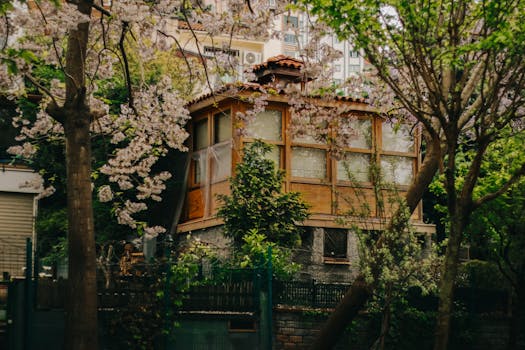
Urban Green Spaces: The Future of Outdoor Living in European Cities by 2025
Urban Green Spaces are becoming increasingly important in European cities, as they provide a range of benefits for citizens and the environment. Urban Green Spaces are areas of land that are set aside for recreational, conservation, and environmental purposes, and they can include parks, gardens, green roofs, and other types of green infrastructure. In this article, we will explore the future of outdoor living in European cities by 2025, with a focus on urban green spaces and their benefits.
Introduction to Urban Green Spaces
Urban green spaces are not just aesthetically pleasing, but they also provide a range of ecological, social, and economic benefits. They help to mitigate the urban heat island effect, reduce air pollution, and provide habitats for wildlife. Additionally, urban green spaces can help to improve mental and physical health, reduce stress, and increase community engagement. As the world becomes increasingly urbanized, it is essential that we prioritize the creation and maintenance of urban green spaces in our cities.
Benefits of Urban Green Spaces
There are numerous benefits to urban green spaces, including:
- Improved air quality: Urban green spaces can help to remove pollutants from the air, improving the overall quality of the air in urban areas.
- Reduced urban heat island effect: Urban green spaces can help to mitigate the urban heat island effect, which can reduce the temperature in urban areas and improve the comfort of citizens.
- Increased biodiversity: Urban green spaces can provide habitats for a range of plant and animal species, increasing biodiversity in urban areas.
- Improved mental and physical health: Urban green spaces can help to improve mental and physical health, reduce stress, and increase community engagement.
- Economic benefits: Urban green spaces can also provide economic benefits, such as increased property values, improved tourism, and job creation.
The Future of Outdoor Living in European Cities
By 2025, European cities are expected to be even more urbanized, with a greater emphasis on sustainability and environmental protection. Urban green spaces will play a critical role in this, providing citizens with access to nature, improving air quality, and mitigating the urban heat island effect. In the future, we can expect to see even more innovative and creative urban green spaces, such as green roofs, vertical gardens, and urban farms. These spaces will not only provide ecological benefits but also social and economic benefits, such as community engagement, job creation, and improved tourism.
Conclusion
In conclusion, urban green spaces are the future of outdoor living in European cities by 2025. They provide a range of ecological, social, and economic benefits, and will play a critical role in creating sustainable and environmentally-friendly cities. As we move forward, it is essential that we prioritize the creation and maintenance of urban green spaces, and that we continue to innovate and push the boundaries of what is possible in urban design and planning.






